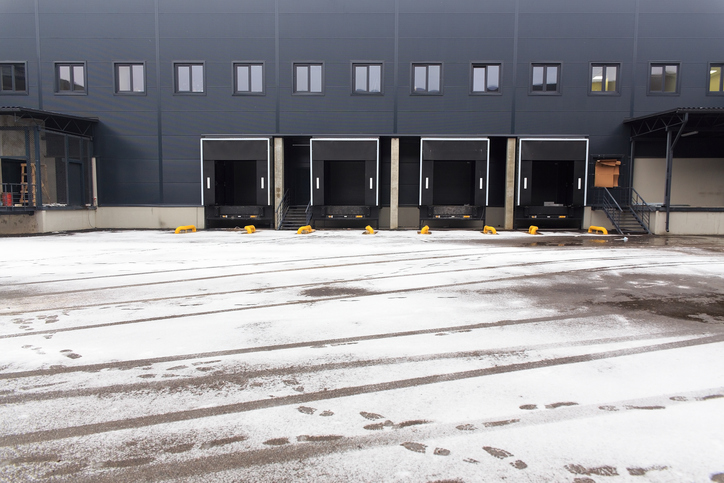‘Grey’ warehouse space on the rise
According to recent analysis by Jones Lang LaSalle (JLL), real estate and investment management services provider, ‘grey’ warehouse space is increasing.
Classified as available space unofficially marketed for either sublease or assignment, grey warehouse space has historically been limited to smaller pallet storage space, less frequently associated with warehouses or full units. Grey space is typically unfinished or partially built areas within a building that have not been fully customised or allocated for specific tenants or purposes.
According to the data, levels of grey space which comprise of whole or large parts of buildings, have been rising, with around 600,000 sq. m now available in the UK. At such high levels, increasingly third-party agents are being engaged to develop solutions to unload unused space.
The current rise in levels of grey space can be attributed to several factors, including e-commerce providers being left with excess warehouse space when the post-pandemic recovery faltered due to elevated inflation impacting sales. In addition, ongoing economic uncertainty is causing an uptick in restructurings and bankruptcies which has seen grey space coming to the market for sublease or assignment. There is also pressure from green legislation requiring capital expenditure to meet requirements.
Regional office investment
Savills latest regional office ‘Market in Minutes’ research has shown that weaker market sentiment has impacted regional investment volumes in the sector.
With £1.9bn of transactions recorded at the end of Q3, this was 62% below 2022 volumes. And with just over £500m transacted in the quarter, this represents the lowest regional quarterly total since Q3 2008.
While weaker investor sentiment is pervading the regional office market, Savills note ‘an uptick’ in activity across occupational markets, adding, ‘The polarisation in letting and rental performance of prime and secondary assets has accelerated post COVID-19, notably in the Greater London and South East region, where 75% of take-up recorded in the first three quarters of the year was Grade A standard. This was the highest proportion ever recorded.’
Looking into 2024, corporate occupiers are likely to continue to pursue ‘best-in-class’ office space, which is sustainable and has a good offering of amenities, to attract and retain staff, something landlords and investors need to be mindful of.
UK hotels defy expectations
According to Knight Frank’s recent trading performance review of UK hotels in 2023, profits have exceeded pre-pandemic levels, with hotel trading performance defying expectations across most segments.
Robust trading achieved by ‘pro-active and competent’ hotel operators has proven successful in generating strong cashflows, which has countered ‘softening yields,’ the research deduces.
London has experienced a strong rebound, with the 12-month occupancy to September 2023 increasing 16 percentage points to reach 77%. Supported by overseas visitors, this takes the capital’s occupancy rate ahead of ‘Regional UK’ for the first time since the post-pandemic recovery commenced. Occupancy levels have also benefited from strong growth in meetings, events, and leisure demand.
All details are correct at the time of writing (20/12/23)
It is important to take professional advice before making any decision relating to your personal finances. Information within this document is based on our current understanding and can be subject to change without notice and the accuracy and completeness of the information cannot be guaranteed. It does not provide individual tailored investment advice and is for guidance only. Some rules may vary in different parts of the UK. We cannot assume legal liability for any errors or omissions it might contain. Levels and bases of, and reliefs from, taxation are those currently applying or proposed and are subject to change; their value depends on the individual circumstances of the investor. No part of this document may be reproduced in any manner without prior permission.

